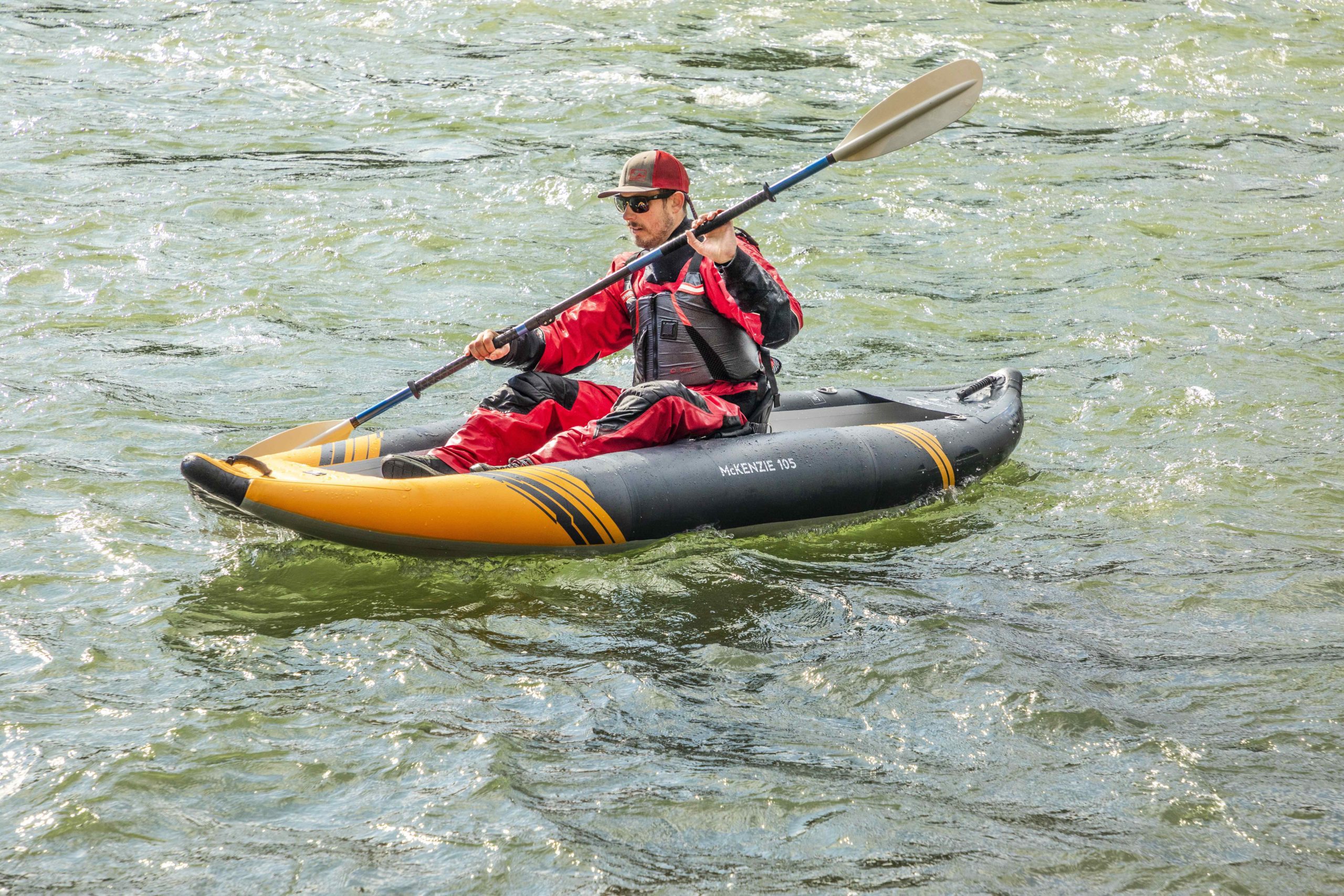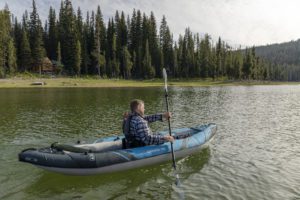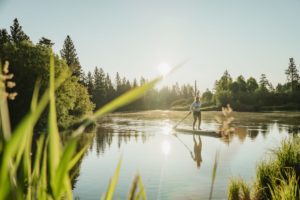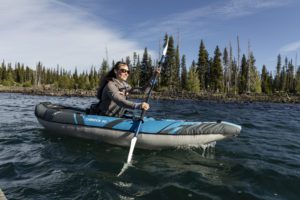
6 Tips For Keeping Warm During a Fall or Winter Paddle
“There’s no such thing as bad weather, only poor clothing choices,” — said every sportsman in cold weather, ever. There’s never been truer words, and we’re here to tell you that yes, you can hit the water on your board or boat when the chill is just a little too… chill. Read on for six tips to keeping warm during a fall or winter paddle.
Layers, Layers, Layers
Layers are fundamental when it’s cold out, when you’re participating in a watersport, and when you’re engaging in physical exercise. Generally speaking, you want a base layer to wick moisture, a mid-layer to retain heat, and an outer-layer to keep you dry and protected from wind. And whatever you do, avoid cotton in all layers, as it absorbs water and stays wet, which ultimately makes you colder. Look for wool or synthetic materials.
Dress for Water Temperature
This one is important. Rather than dressing for the weather, you’ll want to dress for the water temperature. Cold waters, typically anything under 60 degrees, deserve a wetsuit or drysuit. Another great option for the upper body is a paddling jacket like this one, intended to deliver waterproof protection when you take your paddling to the next level in less-than-ideal conditions.
Dress for Submersion, Not Success
When paddling in cold weather, “dress for the swim”. Anticipate what you need to stay warm in a worst case scenario, and prepare accordingly. One mistake you do not want to make is capsizing before you put on your beloved wetsuit or drysuit. If you fall into the water unprepared, there are immediate risks like lung and heart shocks, and hypothermia. Better safe than sorry when it comes to winter paddling.
Cover Those Extremities
Extremities like hands and feet often get the coldest during extreme temperatures. Keep those puppies warm before they even have a chance to get cold. If you can comfortably paddle in fishing waders, wading shoes, or neoprene socks, wear those while paddling. Paddling gloves or pogies also allow for a good grip and keep your hands warm, which is ideal since your hands are doing a lot of work while paddling.
No Empty Stomach Paddling
Having some food and water in your body before paddling is always a good idea. If you fall in the water, but are well-fed and hydrated, your risk for hypothermia is lower than being on an empty stomach. Carbs and high-fat foods help provide your body warmth and energy, both things you’ll need on a cold paddle sesh. Pro tip: stash some hot cocoa or tea in your flask on your next cold paddle mission.
Wear Your PFD
Not only is your PFD an added layer of insulation, it is of course your lifeline in the event you need it. It will keep your head above water, which increases your risk of hypothermia drastically.
Paddling in the fall and winter is serene, beautiful, and just as fun as it is during warmer seasons. Don’t let cooler fall and winter temps stop you from living out your year-round paddle dreams. Stay safe, stay warm, and have fun out there on the water.




I have heard so much good about the Chinoook 90 and as soon as they are available In stock I would like to be notified so that I can purchase.
Hi, Pam! We’re glad to hear you’re excited about the Chinook 90. You can sign up for stock notifications by visiting the product page (https://www.aquaglide.com/product/chinook-90/) and inputting your email in the “Alert me when back in stock” blank and clicking “Notify Me”.